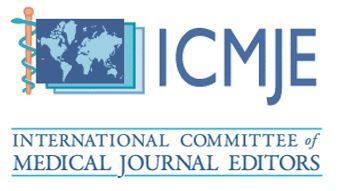Foreign Body Ingestion among Children of Northern Sarawak: A Retrospective Single Centre Experience
DOI:
https://doi.org/10.51200/bjms.v16i3.3676Keywords:
children, endoscopy, foreign body, ingestionAbstract
Foreign body ingestion (FBI) is a common problem among children around the world. The management modality may differ according to the materials and clinical presentation. This study aims to assess the clinical, endoscopic, and therapeutic aspects of this FBI among children in a district hospital in northern Sarawak. A single-centre retrospective study was conducted for FBI in children of northern Sarawak from January 2018 until April 2020. A total number of 36 children were admitted during the 28 months duration with a 19:17 ratio of male:female. The children were between the age of 8 months and 10 years old with a median age of 4 ± 0.3 yrs. Coins (52%), fish bones (11%), and batteries (5%) were the most commonly ingested objects. The clinical features included asymptomatic presentation (47%), vomiting (36%), throat pain (8%), and choking sensation (8%). Routine radiological examination ensured the discovery of the FBI in 88% of the cases. Among the 36 children admitted, 19 (52%) children were managed conservatively while 17 (47%) children required endoscopic removal of foreign bodies without operative management. The length of stay in the hospital ranges from 1 day to 9 days (mean 2.52 days). FBI in children is more common at a younger age. Clinical findings depend on the shape of the ingested materials, the patient’s age, and the time of referral as they mostly could be managed conservatively. Upon failure of a conservative approach, a safe and uncomplicated removal should be performed.
Downloads
Published
How to Cite
Issue
Section
License
The copyright of the article belongs to the authors, who retain ownership of their work published in the journal. Their work is distributed under the CC BY-NC 4.0 license








1.png)




